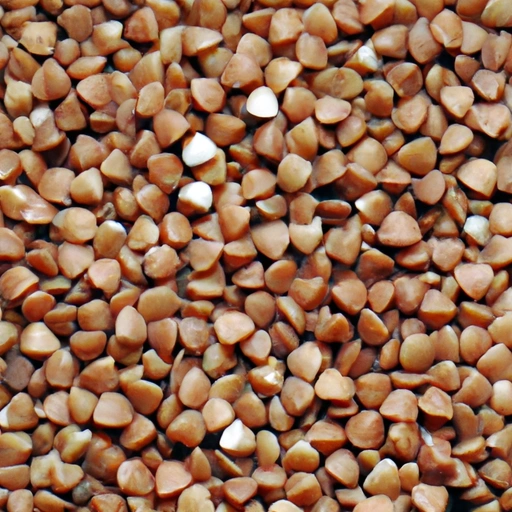Buckwheat
Description

Buckwheat is a highly nutritious, gluten-free pseudocereal that is increasingly popular as a health food in various cuisines across the globe. Despite its name, buckwheat is not related to wheat and is instead related to sorrel, knotweed, and rhubarb. Its groats are commonly used in cooking and can be found in both raw and roasted (kasha) forms. Buckwheat flour is also a staple in many recipes, offering a rich, earthy flavor and a boost of nutrients to baked goods.
Common uses
Buckwheat is commonly used to make pancakes, noodles, crepes, and porridge. It also serves as a rice alternative and is incorporated into salads and soups. Its flour is utilized in a variety of baked goods, including bread and pastries. Buckwheat groats are a popular choice for breakfast cereals and granolas.
Nutritional value
Calories
Approximately 343 kcal per 100 grams (3.5 oz).
Protein
About 13.25 grams per 100 grams (3.5 oz).
Fat
Around 3.4 grams per 100 grams (3.5 oz).
Carbohydrates
Nearly 71.5 grams per 100 grams (3.5 oz), with a good amount of dietary fiber.
Vitamins
Contains B-vitamins such as niacin, riboflavin, and B6.
Minerals
Rich in minerals like magnesium, phosphorus, potassium, calcium, and iron.
Health benefits
Buckwheat is known for its beneficial impacts on heart health, blood sugar control, and digestion. Its high fiber content aids in reducing cholesterol and promoting a healthy gut. The presence of rutin, a phytonutrient, contributes to the improvement of blood flow and the prevention of inflammation.
Potential risks
While buckwheat is generally safe for most people, it may cause allergic reactions in those who are sensitive to it. It's important to introduce buckwheat into the diet gradually and be mindful of any adverse reactions.
Common recipes
Popular recipes include Japanese soba noodles, Russian kasha, French galettes, and buckwheat pancakes known as blinis. It's also used in gluten-free baking and as a stuffing for dumplings and pillows.
Cooking methods
Buckwheat can be boiled, steamed, or toasted. The flour is often used in baked goods and pancakes.
Pairing with other ingredients
Buckwheat pairs well with hearty meat dishes, mushrooms, fresh herbs, and sweet flavors like maple syrup and fruit.
Summary
Buckwheat is a versatile ingredient that caters to a variety of dietary preferences and offers significant nutritional benefits. It can be used in an array of dishes, from traditional European and Asian recipes to modern gluten-free and health-conscious creations. Its earthy flavor and nutritional profile make it a valuable addition to any kitchen pantry around the world.